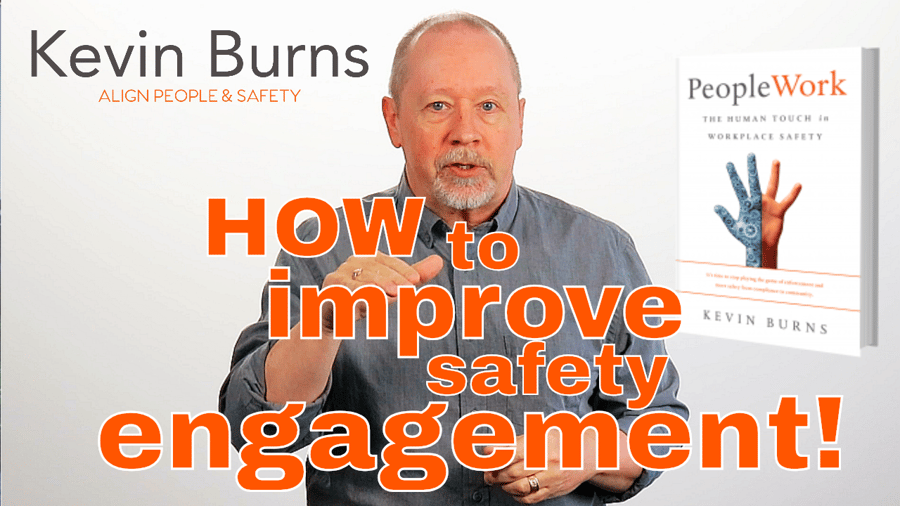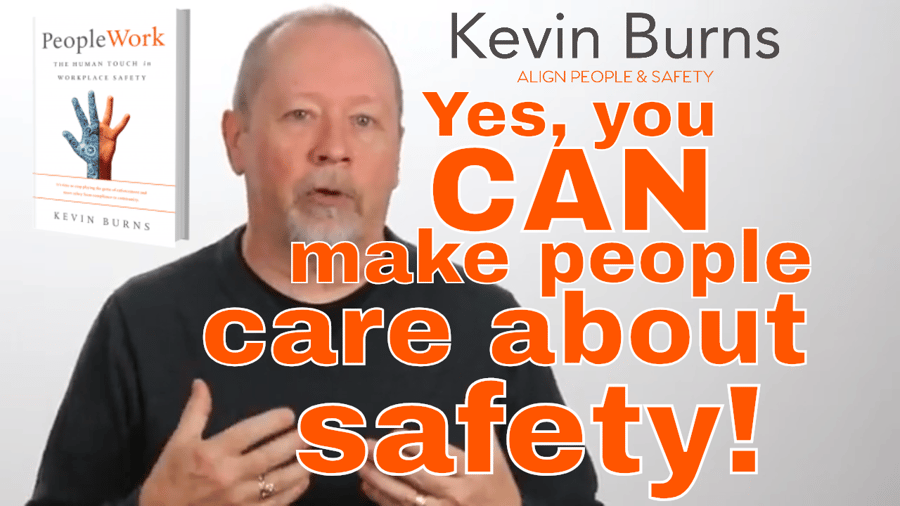
Are you meeting the needs of your people in safety meetings? How many times have you seen presenters, with 10 minutes of solid information, stretch it into a 90-minute presentation? How does that happen? Here’s how. The person organizing the safety meeting is trying to fill blocks of time instead of developing content that will make a difference to their people.











